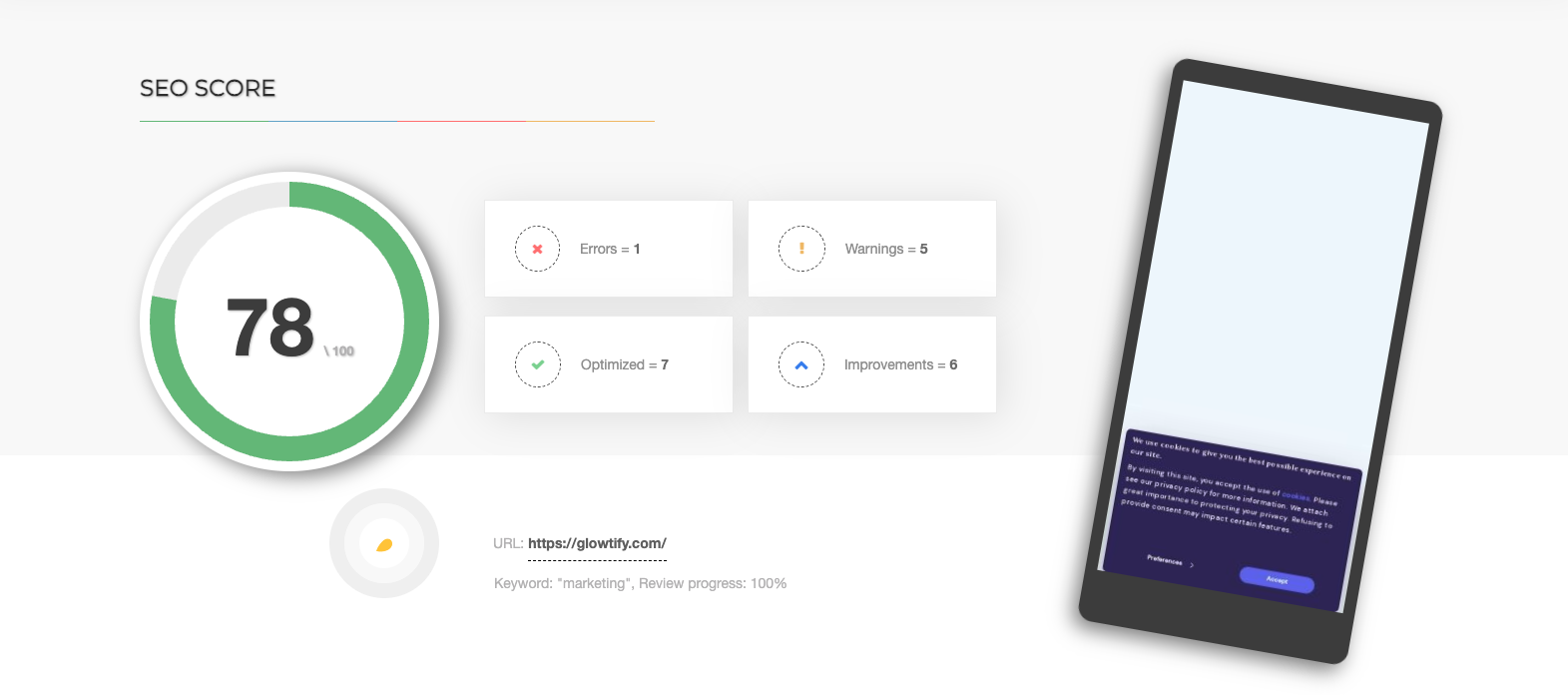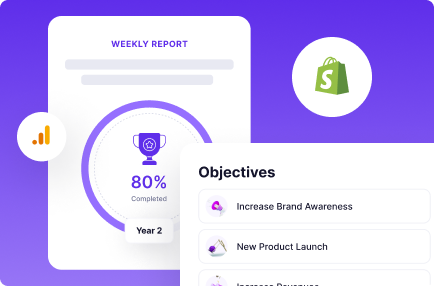Table of Contents

It’s no secret that product launches are a high-stakes game. Your company can quickly find itself in trouble if you get it wrong. But if you get it right, you can set the stage for years of growth and success. So how do you make sure your product launch is a success?
That is a complicated question with no one-size-fits-all answer- every product is different, and every company has its own unique strengths and weaknesses. But if you’re looking for a guide, you’ve come to the right place. This article will look at five different roadmap product roadmap examples for launching a new product. We’ll also discuss the basics of product launches and offer tips on creating a product roadmap to help you get started.
What is a Product Roadmap?
A product roadmap is a document that outlines the vision, direction, and strategy for a product over a given period of time. Product managers and other stakeholders typically use it to align the plans and priorities for a product.
A product roadmap should answer three key questions:
- What are we building?
- Why are we building it?
- When will we build it?
Product roadmaps come in all shapes and sizes, but most follow a similar basic structure. They usually start with a high-level overview of the product strategy and then drill down into specific plans and priorities for each stage of the product development process.
Roadmaps can be created for different periods- some are long-term (spanning months or years), while others are shorter-term (spanning weeks or months). The time you choose for your roadmap will depend on the type of product you’re launching and the stage of development it is in.
How to Create a Product Roadmap?
Sticking to general and well-tried practices makes sense when contemplating a multi-step process like configuring a roadmap. So, here are some practical tips:
Create a Product Strategy and Vision
To create a successful roadmap, you need input data from every possible source. This includes talking to your internal and external stakeholders and customers before providing intelligence on what they want in production teams or management. Overseeing their projects throughout this alignment process will lead us towards implementing an effective set of measures for success with our desired outcomes.
Make sure you have a product strategy that answers the following questions:
- Who is your target customer?
- What needs does your product address?
- What are your product’s key features?
- What is your pricing strategy?
- What is your go-to-market strategy?
Answering these questions will help you create a product vision statement, which should be the foundation of your roadmap.
Define Your Target Audience
Whether it is a digital marketing strategy or a product roadmap, the process of creating both begin with your target audience. You need to know who you are marketing to and cater the message, features, and product to them.
Creating buyer personas is one way to go about this. A buyer persona is a semi-fictional representation of your ideal customer, based on market research and real data about your existing customers. If you don’t have any existing customers, you can create personas by talking to your target market and doing some market research.
Pick a Suitable Format
The format you choose can significantly impact your content and how it’s delivered.
For example, if the goal is to highlight certain themes or goals over others, then using an illustrated or graphic format might be more suitable. A table or spreadsheet-based approach might be better if the focus is on data and numbers.
Choose the Metrics and Narrow Them Down to a Few Key Ones That Matter Most to You
The metrics you choose will depend on your product and what you’re trying to achieve.
Having metrics set in place will help you keep track of your progress more efficiently. Your chosen metrics should be purposeful and match your roadmap’s goal- whether customer or business-related.
Some examples of metrics you could track include:
- Number of new customers
- Customer churn rate
- The lifetime value of a customer
- Cost per acquisition
- Website traffic
- Conversion rate
Use Specific Roadmap Tools
Creating a road map in Excel might be time-consuming. As a result, you’ll receive a static presentation that will be difficult to modify. Cloud-based road mapping solutions enable you to speed up the process while keeping your route map updated as priorities change.
Here are some popular roadmap tools:
Keep the Information High-Level and up to Date
To maintain the usefulness of your strategic roadmap, you must concentrate on providing a broad vision and strategy rather than tactics. Your small details are useful, but your roadmap is a strategic document that needs to be clear and simple. As a result, avoid being excessively exhaustive by including too much or irrelevant data.
Product Roadmap Examples
Because product roadmaps cater to different types of data and follow diverse reasoning, their appearance will be different from project to project. Here are four examples of product roadmaps to give you some inspiration.
Goal-Oriented Roadmap
A Goal-Oriented roadmap is a type of roadmap used to achieve specific business objectives. It focuses on what you want to achieve rather than when you want to achieve it.
This type of roadmap is best suited for long-term planning as it can be difficult to estimate when certain objectives will be met.
One of the benefits of using a Goal-Oriented roadmap is that it can help you track your progress over time and see how your product is helping you achieve your business goals.
Technology Roadmaps
Technology roadmaps are supporting documents to the main strategic roadmap that help internal teams develop technological requirements. They indicate when and how a technology will be used as well as where needed resources for its usage will come from.
Theme-Based Roadmap
A Theme-based roadmap is fundamentally the same as a goal-oriented one, just with themes including several goals rather than having only one answer to the question “why.” focusing on themes rather than individual goals can help you see the bigger picture and how different elements of your product fit together.
Now-Next-Later Roadmap
The Now-Next-Later roadmap is one of the most common types of product roadmaps. As the name suggests, it uses three timeframes- Now, Next, and Later- to map out the progress of your product.
- The Now section: Features that are either in development or have already been launched.
- The Next section: Features in the pipeline are scheduled to be launched soon.
- The Later section: Features that are still in the ideation stage and haven’t been given a concrete timeline yet. This will help you track progress bar.
Release Roadmap
An external release timeline roadmap is a document that informs customers about future releases. This type of roadmap only needs to state the major versions of an app or product and isn’t required to contain much technical or practical information.
Strategy Roadmap
A strategy roadmap outlines your product goals and objectives in a way that can be easily communicated to both internal and external audiences. This high-level document includes general product information as well as specific details depending on the purpose of the roadmap.
Portfolio Roadmaps
A portfolio roadmap is a tool used to ensure understanding and cohesion between product managers and executives in companies with multiple products. Having a clear visualization of each product’s development and relationship makes it easier to achieve high-level business objectives.
Frequently Asked Questions
Who is responsible for the product roadmap?
The product manager typically owns a product roadmap, but it’s a shared document that should be accessible to everyone on the team.
Why do you need a product roadmap?
A product roadmap serves as a communication and coordination mechanism for stakeholders and a plan for the company’s future development. It’s similar to a high-level, early draft project plan. We can use the roadmap to link features to releases if the organization has a software release schedule.
Which comes first, plan or strategy?
Before you generate a plan, always establish a strategy. A strategy is like an overall knowledge that outlines the plans needed to efficiently reach your goals. Keep in mind that having a plan is valuable, but formulating a strategy should take priority.
What is the difference between a roadmap and a strategy?
The direction you’ll take to reach that ultimate goal is outlined in the strategy. On the other hand, a road map is a more concrete plan for what you’ll do (and when) to get there with vision and strategy.
Final Thoughts
Creating a product roadmap is not easy, but it’s worth it. With a well-crafted roadmap, you will be able to keep your development team aligned and focused on the most important things while also being able to adapt to changes quickly. You can take some inspiration from product roadmap templates available online. It’ll speed up your process if you are a beginner.
What are your thoughts on product roadmaps? Do you have any tips to share? Let us know in the comments below!

Want more SEO traffic?
Discovering the secret to increasing your website’s traffic could be as simple as accessing this Free SEO analyzer tool!
Try it - it's free

